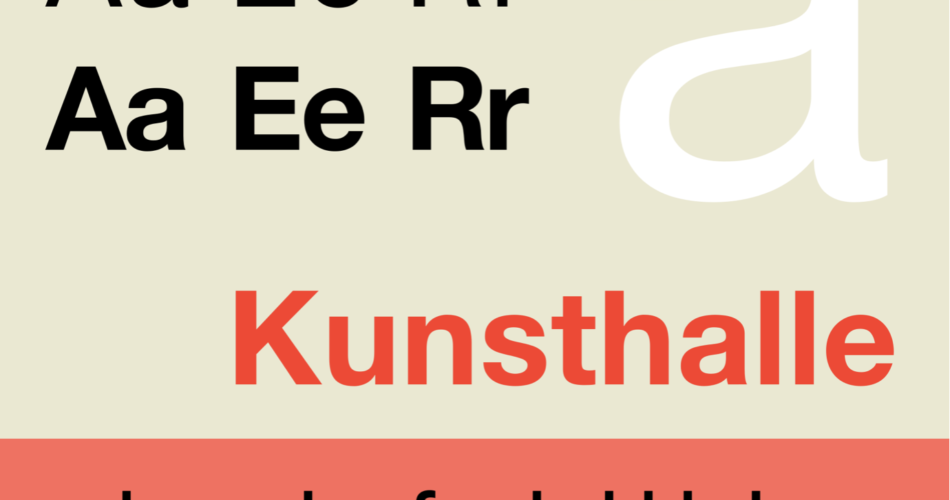Typography is the art and science of arranging type to make written language readable and visually appealing. Fonts play a pivotal role in this process, as they determine the style, tone, and overall aesthetics of written content. Understanding the common types of fonts is essential for designers, writers, and anyone involved in visual communication. In this article, we will explore some of the most prevalent font classifications and their characteristics.
Serif Fonts
Serif fonts are characterized by small decorative lines or “serifs” at the end of each stroke in a letter. These fonts are often associated with tradition, formality, and readability in print. They are commonly used in books, newspapers, and formal documents. Some popular examples of serif fonts include:
- Times New Roman: Known for its readability, it’s a classic choice for academic papers and printed materials.
- Georgia: Designed for on-screen legibility, Georgia is widely used for web content.
- Baskerville: Known for its elegance and readability, making it a popular choice in books.
Sans-Serif Fonts
Sans-serif fonts, as the name suggests, lack serifs, resulting in a cleaner and more modern appearance. These fonts are often used in digital media, web design, and informal documents. Some notable sans-serif fonts include:
- Helvetica: Renowned for its neutrality and versatility, it’s frequently used in branding and advertising.
- Arial: Similar to Helvetica, Arial is widely available and commonly used in web design.
- Verdana: Known for its high legibility, especially on screens, it’s a popular choice for web content.
Script Fonts
Script fonts mimic handwritten or calligraphic styles. They add a personal touch and elegance to designs. Script fonts are often used in invitations, logos, and creative projects. Examples include:
- Brush Script: Evokes a casual, artistic feel, making it a popular choice for handmade designs.
- Lobster: Known for its bold and distinctive letterforms, it’s used in branding and headers.
- Cursive: A more traditional script font, reminiscent of formal handwriting.
Display Fonts
Display fonts are highly decorative and eye-catching. They are typically used for titles, headlines, and other large text elements to create impact. These fonts often have unique and ornate designs. Examples include:
- Chiller: Known for its spooky and horror-themed appearance, making it suitable for Halloween designs.
- Impact: Widely recognized for its bold, heavy strokes, ideal for impactful headlines.
- Comic Sans: While not always a designer’s first choice, it’s famous for its playful and informal look, often used in children’s materials.
Monospaced Fonts
Monospaced fonts, also known as fixed-width or typewriter fonts, have characters with equal horizontal spacing. Each character takes up the same amount of space, making them suitable for code, technical documents, and some retro designs. Examples include:
- Courier New: Known for its typewriter-like appearance, it’s commonly used in coding environments.
- Consolas: A popular choice among programmers for its readability and modern design.
- Inconsolata: Preferred by some developers for its clarity and aesthetics.
Conclusion
Typography is a vital element of design and communication. Understanding the common types of fonts and their appropriate use is crucial for conveying the intended message and evoking the desired emotions. Whether you’re creating a formal document, designing a website, or crafting a creative masterpiece, selecting the right font can make all the difference in the visual impact and legibility of your content. So, next time you embark on a design project, consider the role of typography and the various font options available to you.
